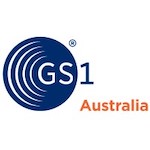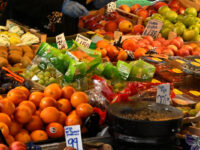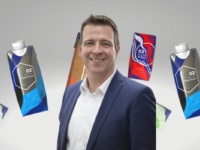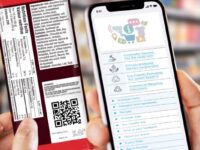We all know what the role of the barcode is: It’s printed on a product’s packaging, to identify it as that particular product for a point-of-sale or inventory system.
It’s been that way for decades, without any real modifications when compared to some of the major changes that have come to the retail experience over the years.
Data is playing a critical role in today’s FMCG world. More granular product and point-of-sale data will greatly assist companies to make more informed decisions into the future.
Global standards organisation GS1 Australia identified this and worked to create the next major leap in barcode technology – what they are calling 2DBarcodes.
“A 2DBarcode allows for a much higher capacity of data and allows you to include additional information in the barcode – like the product’s batch number or serial number, and a best before date, it could even allow customers to scan the barcode with their phones and be taken to a website laying out product information about the item in question that is important to them,” GS1 Australia Director of Retail, Andrew Steele, said.
According to Steele, each of these functions has its place in a modern retail environment.
Allowing a business to easily identify which items in their supply chain correlate to a particular batch number or serial number will assist with issues around recalls. Currently, it’s common to see entire product lines pulled from shelves should a single batch be identified as faulty, or dangerous, but a 2DBarcode could allow non-impacted versions of the same product to still be sold.
In the rare event that a recalled product does reach the checkout for sale, the barcode can alert the customer that the item can’t be sold.
Similarly, if the barcode holds information about when a product is beyond its best before or use-by date, a store assistant scanning the item can be alerted that the item isn’t available for sale before a customer purchases it.
These are some of the early benefits that supermarket giant Woolworths has realised as they implement 2DBarcodes, starting in fresh foods.
“At Woolworths we plan to build on the potential of these barcodes to offer customers valuable information on provenance, quality and sustainability. As we work towards a better tomorrow with our suppliers, 2DBarcodes can help us communicate a product’s verified sustainability credentials to customers,” said Roberto Olivares, Senior Project Manager at Woolworths
Steele finished by saying, “allowing customers to scan these barcodes and link them to a web page that explains pertinent information, such as what ingredients or materials are used, how sustainable the product is, warranty information, etcetera, is a great way to being transparent with customers and allows them to feel more informed about what they’re purchasing.”
To get in touch with GS1 Australia and find out how you can implement 2DBarcodes in your business, click here.











